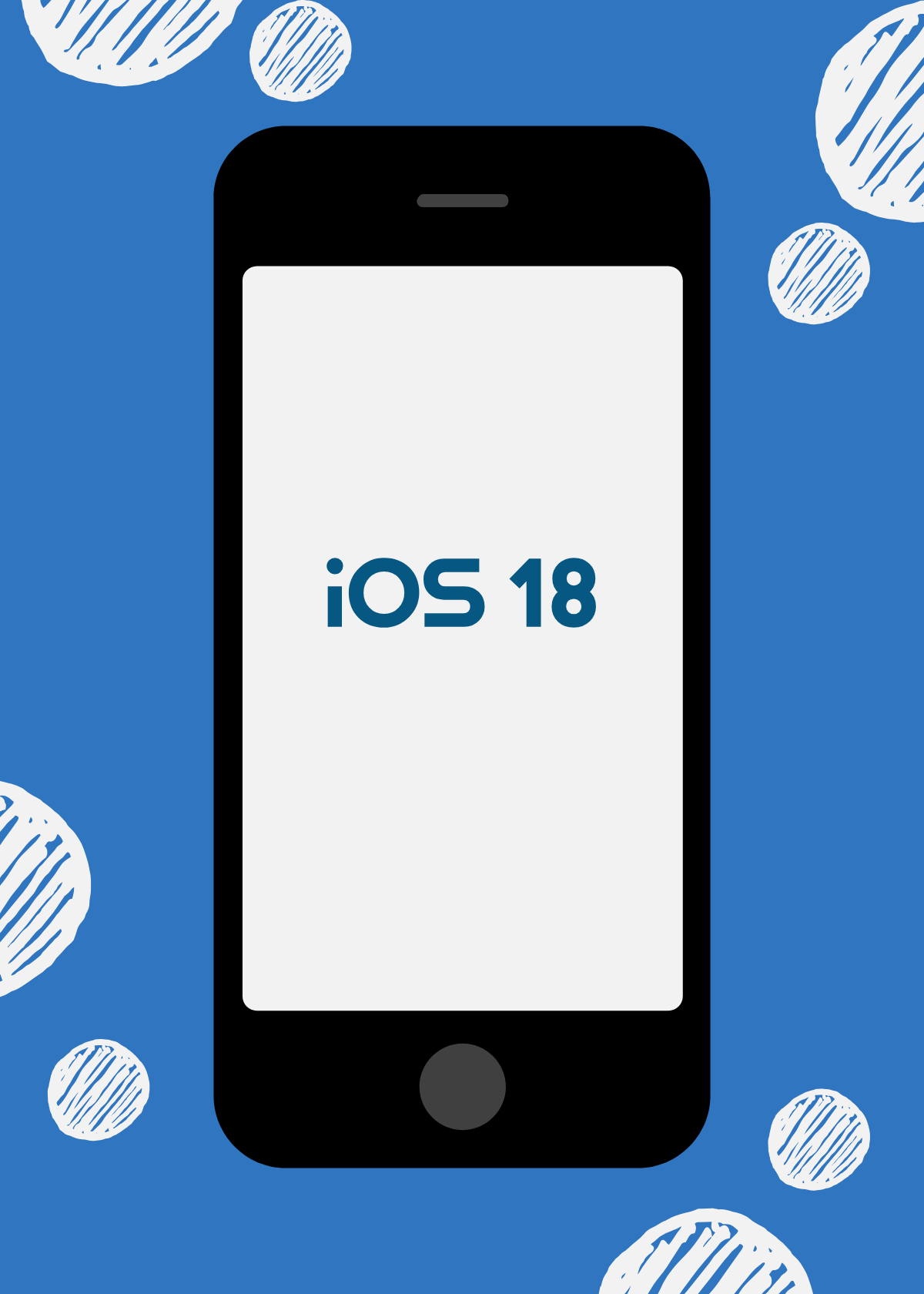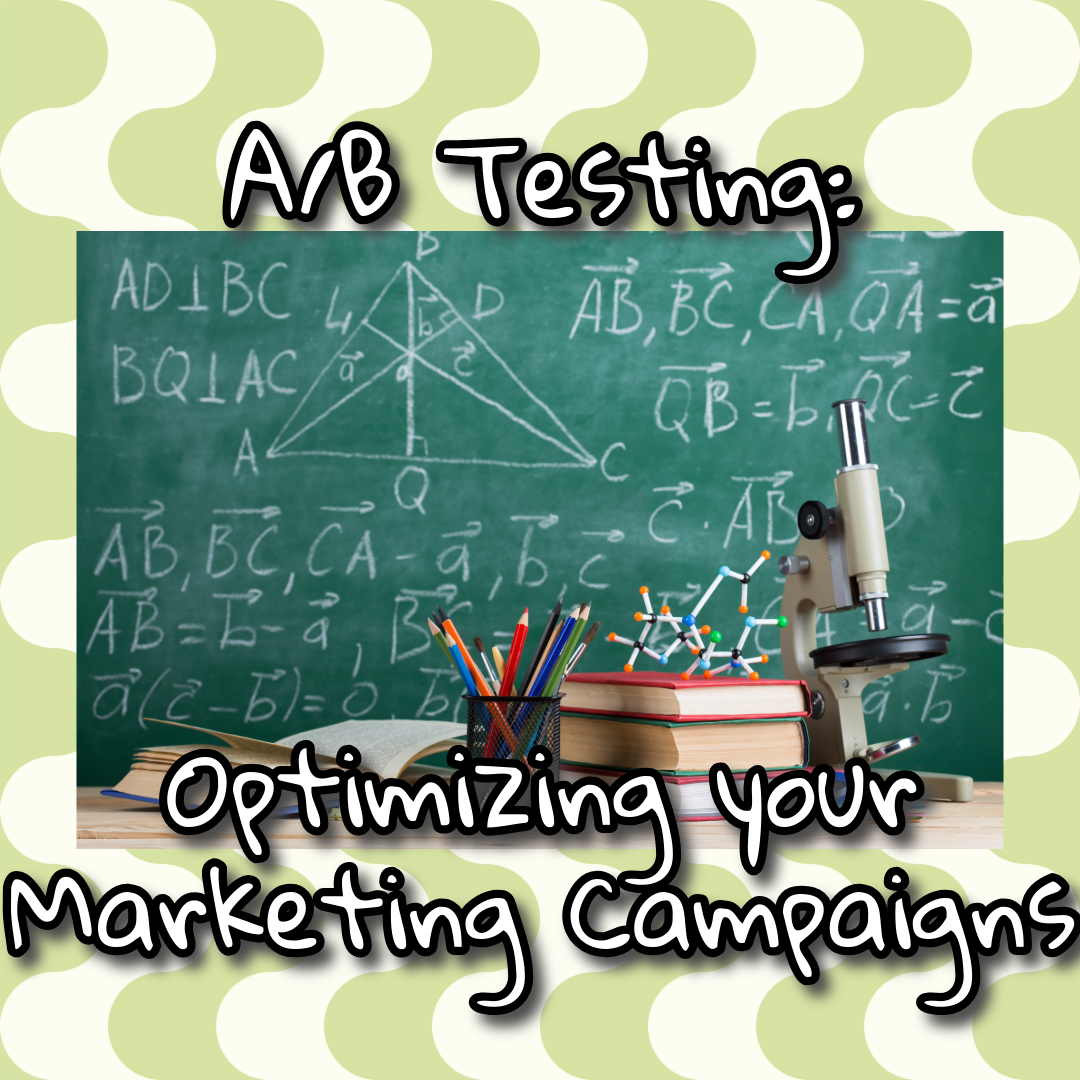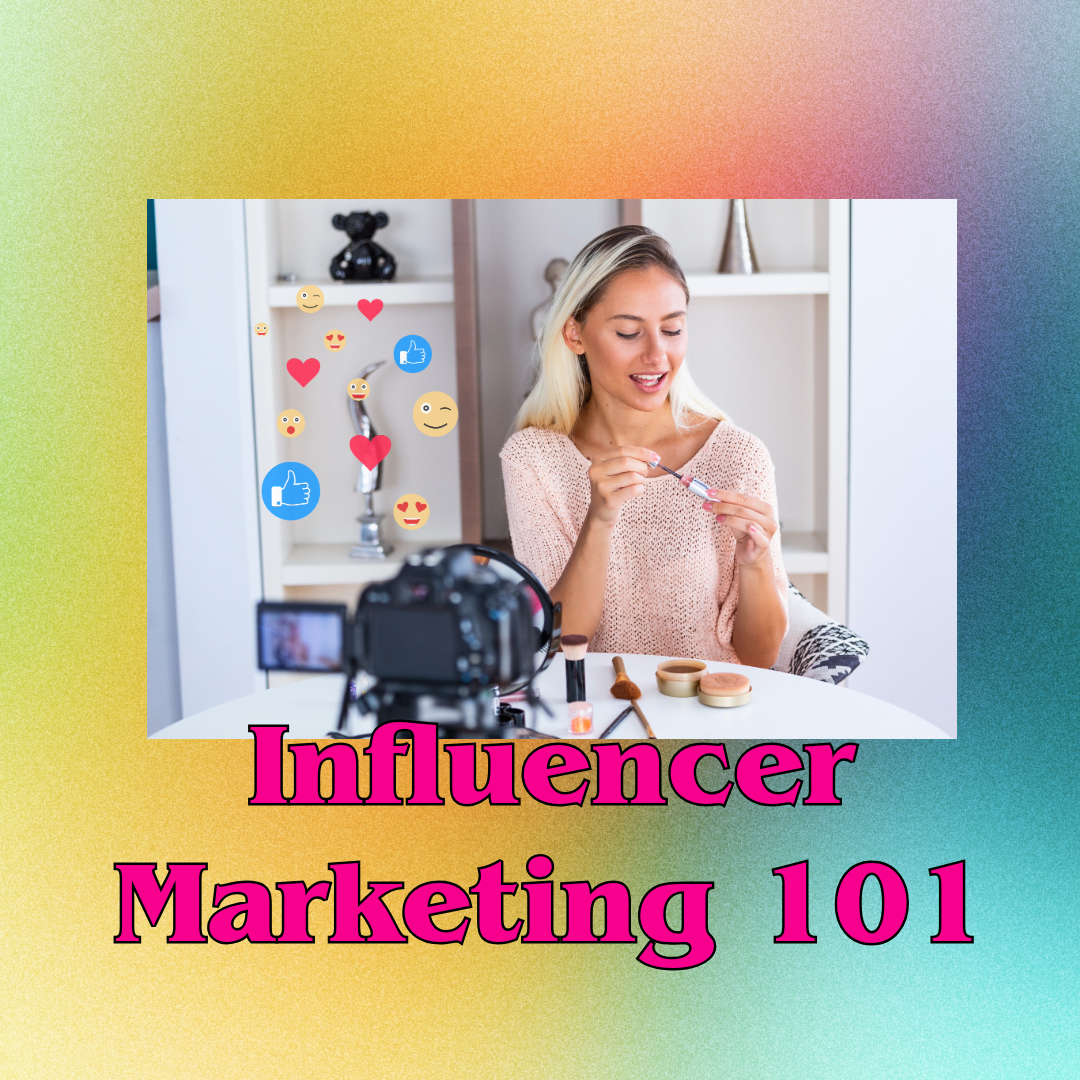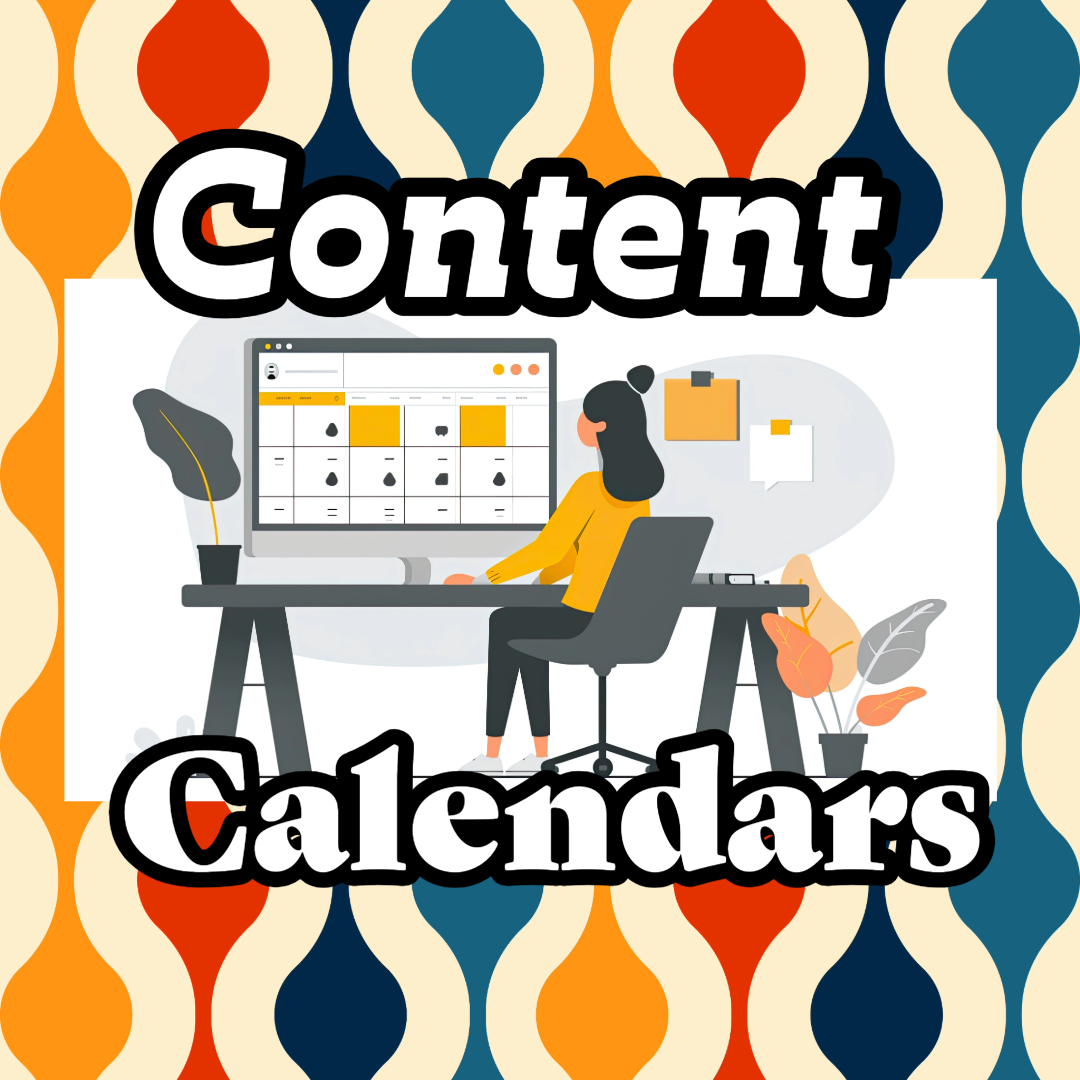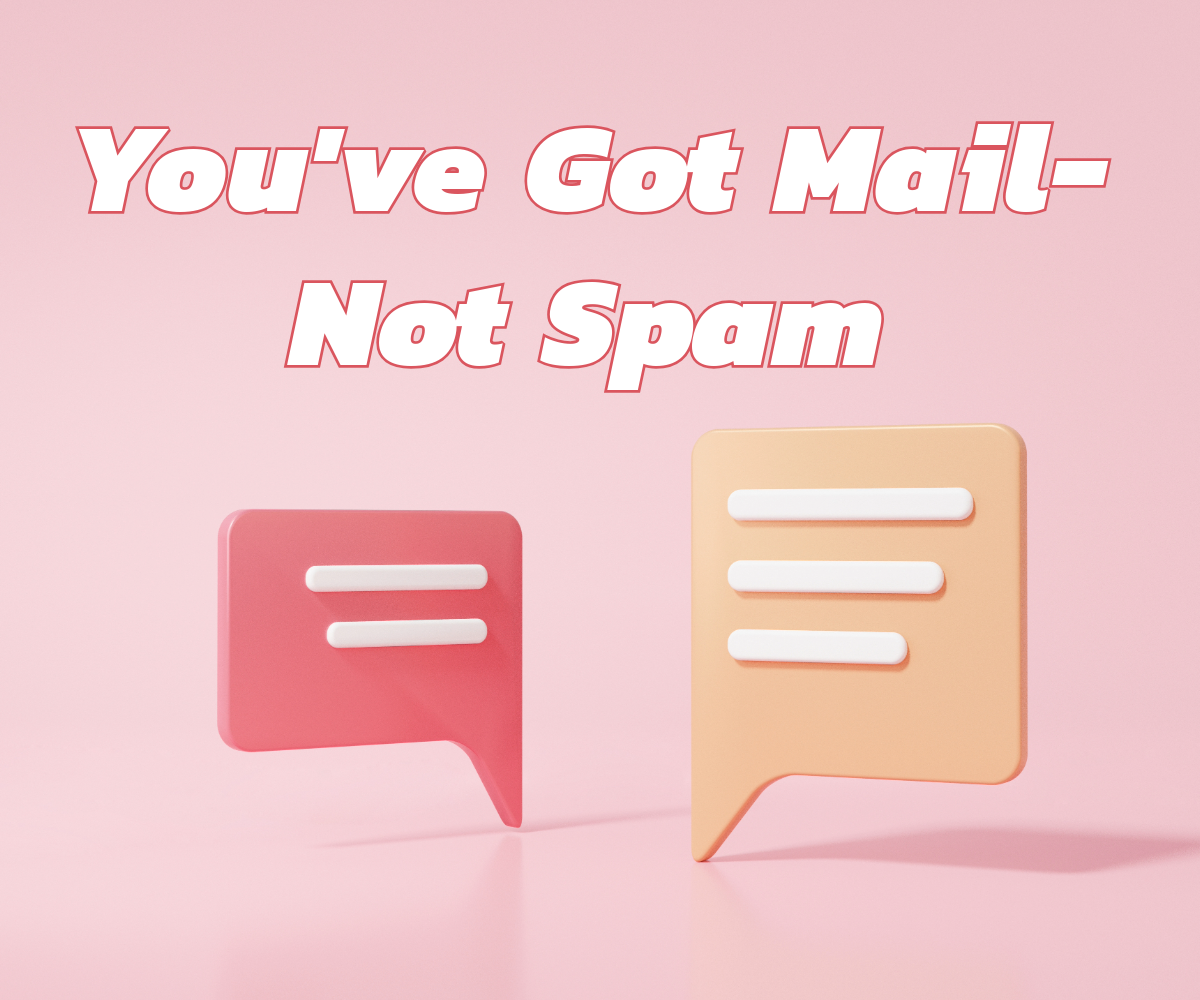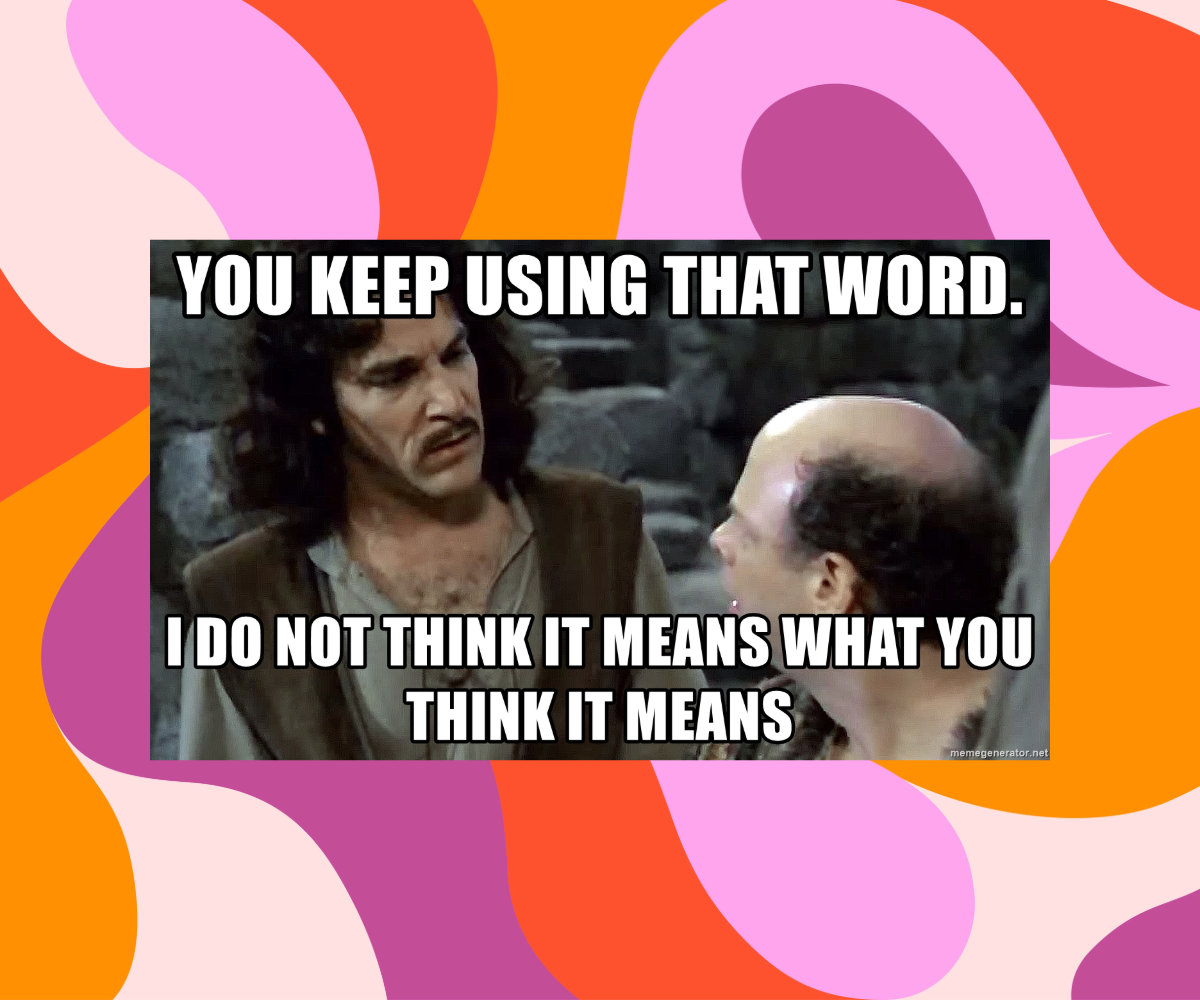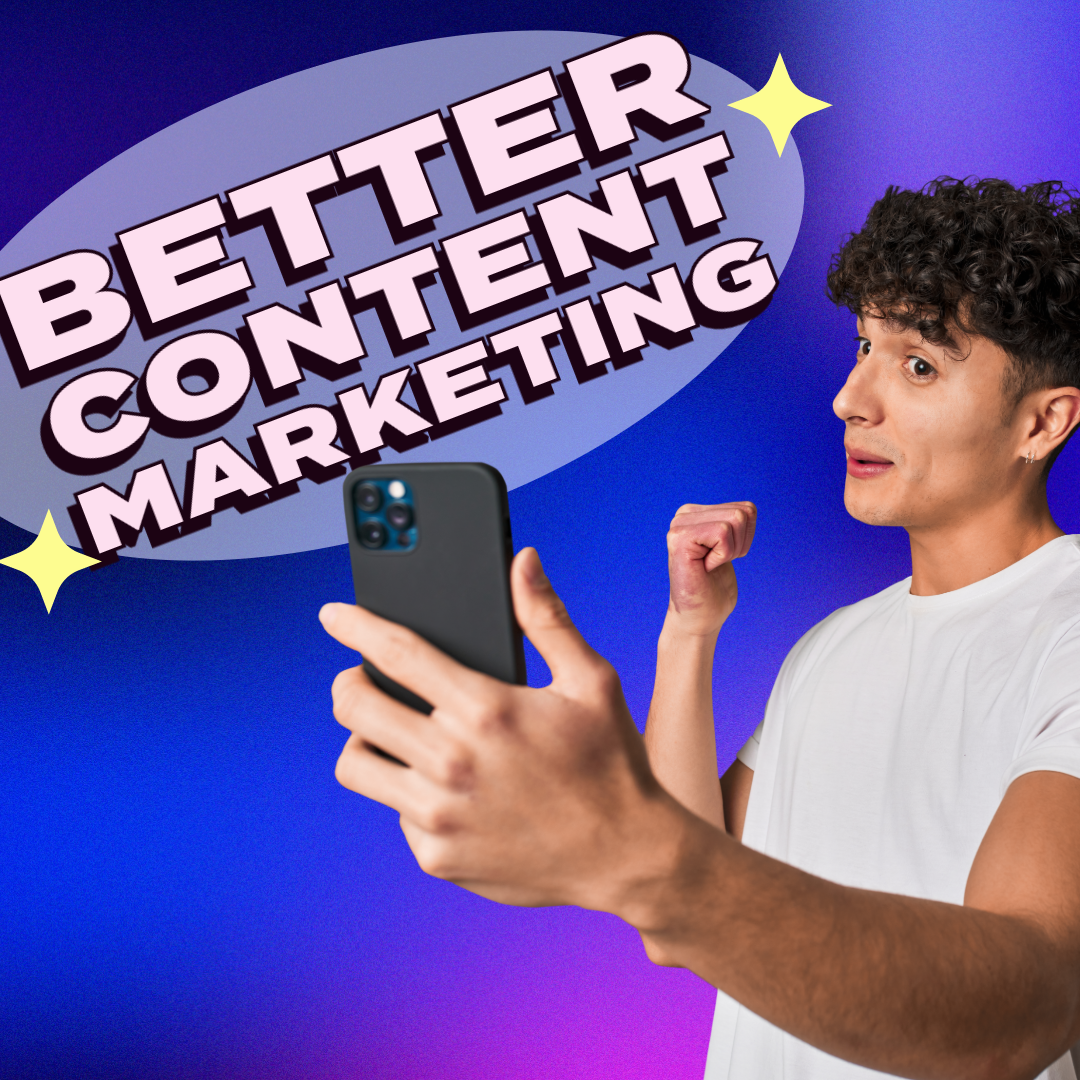Elevate Nonprofit Impact: 4 AI Marketing Strategies
Why not leverage the latest tools to do more good?
Budgets are extremely tight for any non-profit, which often makes marketing a game of justifying yourself.
When you have limited resources, implementing AI can dramatically boost your impact and ROI.
As someone who loves to volunteer, and helped non-profits before with their marketing, I thought I might share some ultimate tips to leverage the internet’s latest tool for marketing on a budget: AI.
Here's your complete guide to leveraging AI in nonprofit marketing:
1. Personalized Donor Communications
AI enables nonprofits to tailor their communications to individual donors. By analyzing donor data, AI can personalize email content, making it more relevant and engaging to each recipient. This personal touch can increase donor engagement and contributions.
To Implement AI-driven personalized donor communications in a nonprofit, follow these technical steps:
- Data Collection and Integration: Begin by collecting comprehensive donor data. This includes basic information like names and email addresses, along with more nuanced data such as donation history, engagement levels (e.g., event attendance), and communication preferences. Integrate this data into a centralized Customer Relationship Management (CRM) system.
- AI Tool Selection: Choose an AI tool compatible with your CRM system. This tool should be capable of data analysis, segmentation, and automated personalized communication. Popular AI platforms for this purpose include Salesforce Einstein or HubSpot’s AI functionalities.
- Segmentation and Analysis: Use the AI tool to segment donors based on various criteria such as donation frequency, amount, and interests. Analyze their past interactions to understand preferences and behaviors.
- Content Personalization: Develop a content strategy for emails that can be personalized. This includes creating templates with dynamic fields that the AI tool can automatically populate with personalized content, such as addressing donors by their first name, referencing past donations, or suggesting events based on their interests.
- Automation and Testing: Set up automated email campaigns using the AI tool, ensuring that each donor receives content tailored to their segment. Continuously test and refine these campaigns based on open rates, click-through rates, and conversion rates to optimize engagement.
- Feedback Loop: Implement a feedback system to continually refine your AI models. Monitor donor responses and engagement levels to adjust segmentation and personalization strategies accordingly.
If you as a non-profit follow these steps, you can use AI to create more personalized and engaging communication. This enhances donor relationships and potentially increases communications.
2. Enhanced Social Media Engagement
AI tools can analyze social media trends and suggest optimal posting times, content types, and engagement strategies. This can increase the reach and impact of social media campaigns, connecting with more supporters and potential donors.
- Select an AI-Powered Social Media Tool: Choose a tool like Buffer, Hootsuite, or Sprout Social that offers AI capabilities. These tools can analyze social media trends and user interactions to provide actionable insights.
- Analyze Social Media Data: Use the AI tool to analyze your past social media performance. Look for patterns in engagement related to posting times, content types, and audience demographics.
- Optimize Posting Schedules: The AI tool can predict the best times to post based on when your audience is most active. Use these insights to schedule your posts for maximum visibility and engagement.
- Content Strategy Development: Develop a content strategy based on AI analysis. This might involve focusing on certain types of posts that have historically performed well or experimenting with new formats that the AI suggests could be effective.
- Engagement Strategy Enhancement: Use AI insights to tailor your engagement strategy. This could include personalized responses to comments or targeted outreach to users who frequently interact with your content.
- Monitor and Adapt: Continuously monitor the performance of your social media campaigns. Use AI tools to adjust your strategies in real time based on ongoing analysis and feedback.
If your non-profit wants to significantly increase their social media presence, and engage with more supports and donors, you can’t go wrong with this list.
3. Predictive Analytics for Campaign Success
AI’s predictive analytics can forecast the success of fundraising campaigns by analyzing past performance and market trends. This insight helps nonprofits allocate resources more effectively and tailor campaigns for maximum impact.
- Select a Predictive Analytics Tool: Choose a tool that can integrate with your existing databases and is user-friendly for your team. Tools like IBM Watson, Tableau, or Google Analytics offer robust predictive analytics capabilities.
- Data Aggregation and Cleanup: Gather historical data from past fundraising campaigns, including donation amounts, donor demographics, campaign timing, and marketing channels used. Ensure the data is clean and organized for analysis.
- Define Key Performance Indicators (KPIs): Identify the metrics that define success for your campaigns, such as donation amounts, donor engagement rates, or conversion rates.
- Run Predictive Models: Use the analytics tool to run predictive models on your historical data. These models can identify patterns and correlations that may not be immediately apparent.
- Interpret and Apply Insights: Analyze the output from the predictive models to gain insights into what factors contributed to past successes or failures. Look for trends in donor behavior, effective messaging, and optimal campaign timing.
- Develop Data-Driven Strategies: Based on these insights, develop strategies for upcoming campaigns. Tailor your approaches to align with the predictive analysis, focusing on areas most likely to yield positive results.
- Test and Refine: Continuously test the effectiveness of your new strategies and refine them based on ongoing data analysis. As new campaign data becomes available, incorporate it into your models to enhance their accuracy.
4. Content Optimization for Better SEO
AI can optimize web content for search engines, making it easier for potential donors and volunteers to find the nonprofit online. By using AI to identify and integrate key search terms, nonprofits can improve their website’s visibility and attract more traffic.
Here’s the prompt I suggest:
“Generate a blog post for [Name of Your Organization], that is SEO, and have it address something [Donor Target Audience] would want to change or work to improve.”
Conclusion & Key Points
- Personalized Communication: Increases donor engagement.
- Social Media Optimization: Enhances online presence and reach.
- Predictive Analytics: Guides resource allocation and campaign strategy.
- SEO Content Optimization: Boosts online visibility and attracts more visitors.
Know someone who could use some non-profit marketing help? Share this article with them now!
How does your non-profit organization feel about AI implementation?
Photo by
Aaron Doucett

